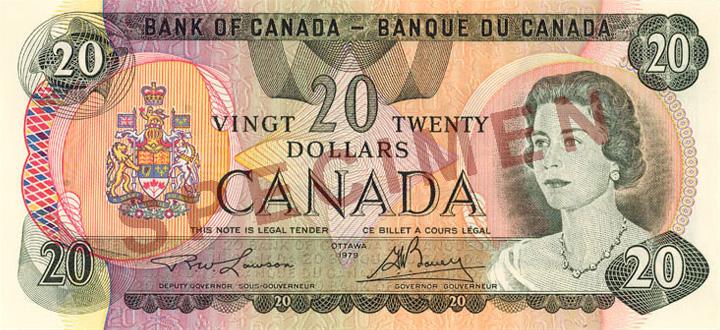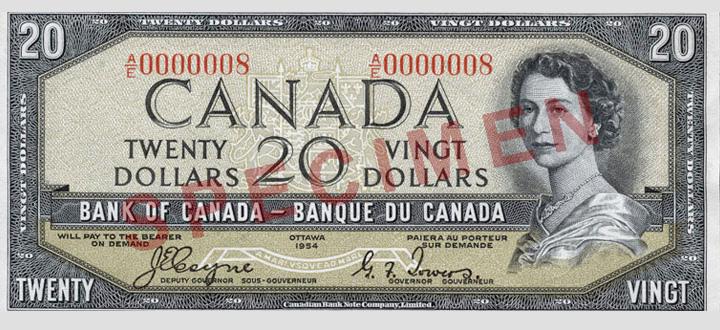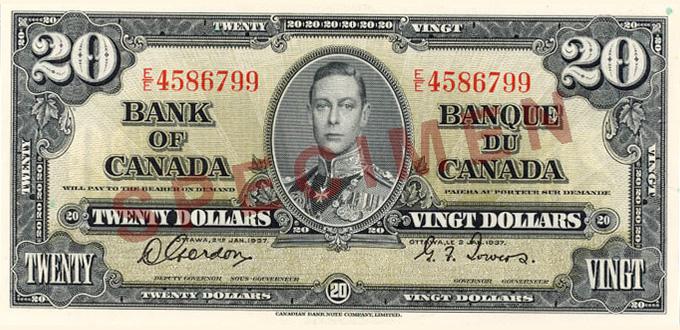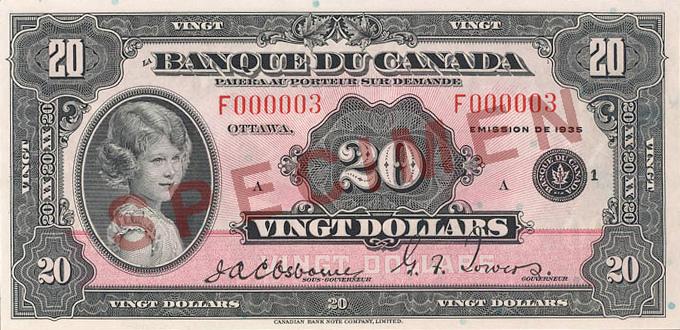More about the first five series of notes issued by the Bank of Canada.
Canada’s official notes and coins are called legal tender
Bank notes issued by the Bank of Canada, together with coins issued by the Royal Canadian Mint, are what is known as “legal tender.” That’s a technical term meaning the Government of Canada has deemed them to be the official money we use in our country. In legal terms, it means “the money approved in a country for paying debts.”
Today, money is not just bank notes but takes many different forms: credit cards, debit cards, cheques, and contactless payments using mobile devices. You can pay with any of these forms of money, even though they are not considered “legal tender.” In fact, anything can be used if the buyer and seller agree on the form of payment. So “legal tender” has little impact on our everyday lives.
Legal tender status for older bank notes
In the 2018 budget, the Government of Canada announced that it will ask for the power to be able to remove legal tender status from bank notes—something it cannot do now. If that power is approved by Parliament, the plan would be to remove that designation from certain bank notes that are no longer being produced—the $1, $2, $25, $500 and $1,000 notes—and they would be officially taken out of circulation.

Scenes of Canada series
Often dubbed the “multicoloured series,” these bank notes were released beginning in 1969 in response to growing concerns about counterfeiting.

1954 series
Design changes to this third series of Bank of Canada notes included moving the portrait off centre and to the right, simplifying the line work, and integrating Canada’s coat of arms into the background design.

1937 series
The creation of a second series of bank notes, only two years after the first, was prompted by changes in Canadian government legislation that required the Bank of Canada to produce bilingual bank notes.

1935 series
The Bank of Canada was founded in 1934 and given responsibility, through an Act of Parliament, to regulate the country's money supply and to "promote the economic and financial welfare of Canada."